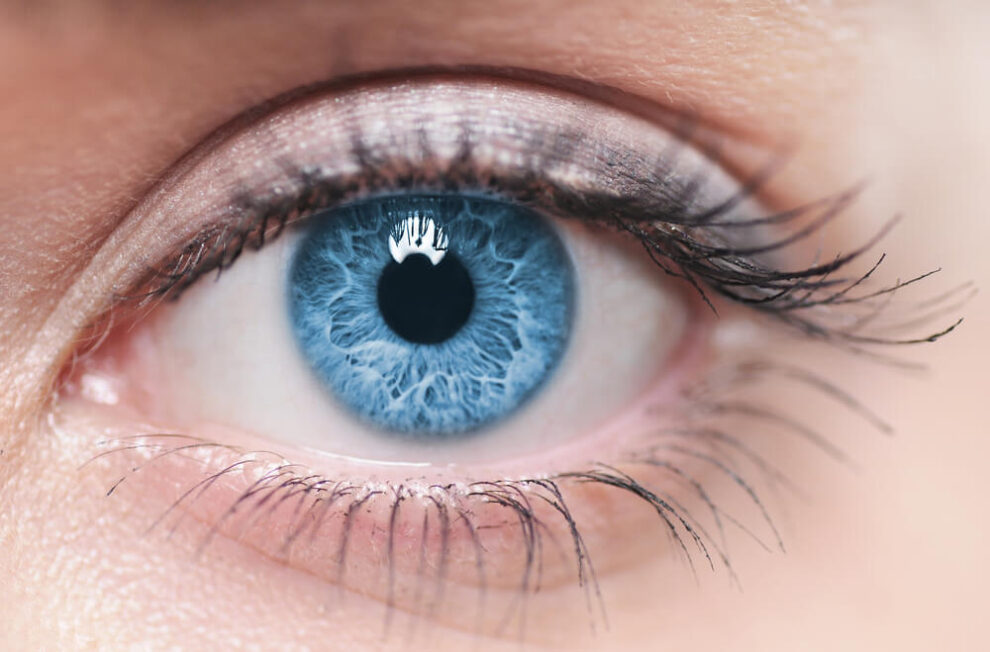
Refractive Lens Exchange
Since the 1970s, eye doctors have used LASIK, PRK, and other refractive surgeries to correct myopia (nearsightedness), hyperopia (farsightedness) and astigmatism. Although the procedures have been very effective on patients needing mild to moderate vision correction, they have been less effective on patients with more significant vision impairment.
New techniques such as Refractive Lens Exchange (RLE) also called Clear Lens Extraction (CLE), an artificial lens is used to replace your eye’s natural lens in order to improve vision. The procedure is performed much like cataract surgery. It can improve vision and reduce or eliminate the need for glasses in patients requiring moderate to severe correction for myopia or hyperopia. Unlike LASIK and PRK, which are surgical procedures that alter the surface of the eye, Refractive Lens Exchange uses techniques and materials similar to those used for over 30 years for cataract surgery.

Some people who have early stage cataracts may choose to have RLE instead of waiting for their cataracts to progress to the point where they should be removed. This is because the lens implants generally provide them with better uncorrected vision at that point, particularly if they currently need vision correction.
RLE may also be an option for people with severe hyperopia (farsightedness), for whom LASIK is not recommended.
Are Refractive Lens Implants for everyone?
Before surgery, the doctor will thoroughly examine your eyes to determine whether lens implant surgery is an option you should consider. Refractive Lens Implant surgery may be a better alternative in many cases; however some patients with certain eye diseases, such as diabetes-related glaucoma, may not be good candidates.
Three techniques are used to overcome this loss of accommodation: bifocal or multifocal reading glasses or contact lenses, multifocal lens implants that will give the clearest view of a particular object, whether near or far. The third option, monovision, adjusts one eye for distance and the other for up-close vision. Again, after surgery, the brain learns which eye to use to bring objects into clear focus. Both the multifocal lens and monovision techniques allow patients to read or drive a car without glasses.
The Procedure
CLE is performed on an outpatient basis and takes only about 15-30 minutes to perform. First your eye will be numbed with a local anesthetic. Then, the surgeon will make a small incision in your eye and gently remove your lens using ultrasound. Finally the lens implant will be inserted to replace your old lens. An eye patch may be used temporarily after surgery and to protect the eye while you sleep, until the eye heals. (remove this sentence, post CLE, no patches are required)
After Refractive Lens Exchange
Shortly after surgery you will be allowed to go home. You vision may be blurry immediately following the procedure, so someone else will need to drive you home. Any mild discomfort you may experience can be relieved with an over-the-counter pain medication. Most patients can return to their normal schedule, including driving, with in a day or two. The doctor will probably recommend that you keep your hands away from your eyes and avoid heavy activity for a few weeks while your eyes heal. Lens implants require no care and can be left in place, giving you good vision for the rest of your life.
Everyone’s eyes are different, but in many cases, lens implants can reduce or eliminate the need for glasses or contact lenses. An evaluation with the Dr. Keith Liang prior to surgery is important to determine your candidacy for RLE, estimated benefits and possible complications.